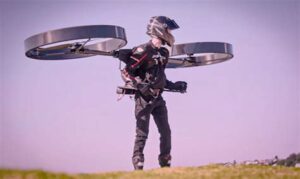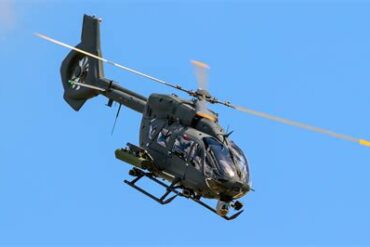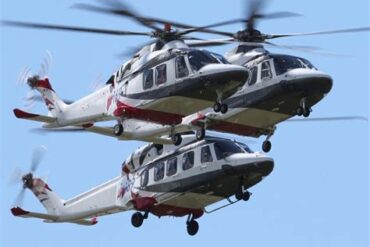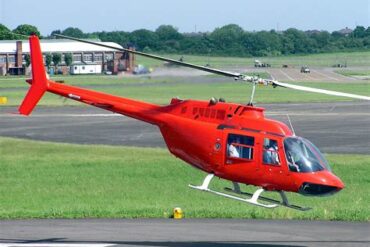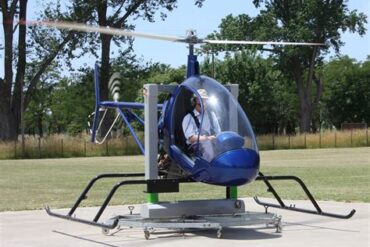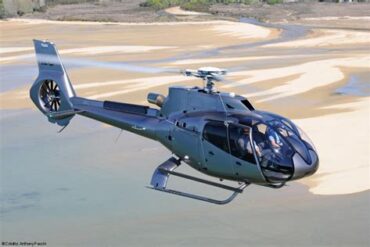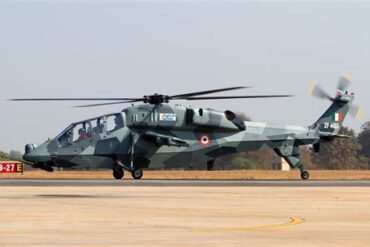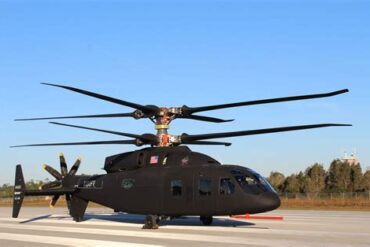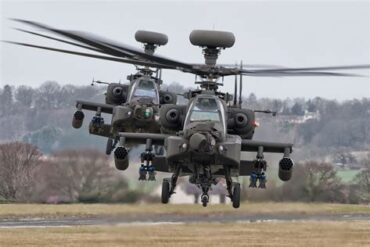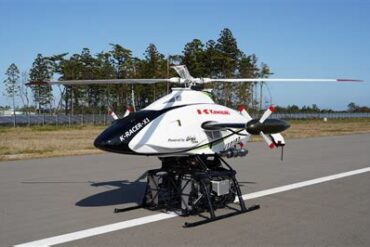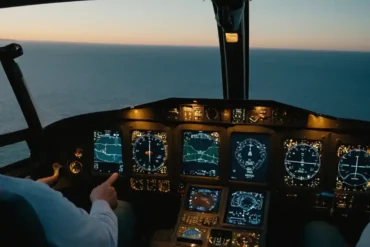In recent years, backpack helicopters have emerged as a revolutionary mode of personal aerial transport. These compact and lightweight flying machines provide an innovative solution for enthusiasts and professionals alike, merging aerodynamics with portability. This guide aims to delve deep into the world of backpack helicopters, exploring their functionality, benefits, technical specifications, and their growing role in modern aviation.
What are Backpack Helicopters?
Backpack helicopters, also known as personal helicopters or jetpacks, are small, lightweight aircraft designed for individual use. Unlike traditional helicopters, which require extensive space and infrastructure for operation, backpack helicopters can be easily worn and operated by a single individual.
These machines typically consist of a propulsion system mounted on a frame that can be secured to the user’s back. The pilot controls the flight via a series of handles and controls that manage thrust, direction, and altitude.
The Technology Behind Backpack Helicopters
The technology that powers backpack helicopters combines various innovative engineering principles.
1. Propulsion Systems
Backpack helicopters utilize electric motors or gasoline engines to generate thrust. The choice of propulsion system significantly affects performance, weight, and environmental impact. Electric-powered models tend to be quieter and more environmentally friendly, while gasoline engines provide greater power and range.
2. Frame and Design
The frame of a backpack helicopter is typically constructed from lightweight materials such as carbon fiber or aluminum, allowing for enhanced portability without sacrificing strength. The design focuses on ergonomics, ensuring that the user can wear the backpack comfortably for extended periods.
3. Control Systems
Controlling a backpack helicopter involves a sophisticated system of gyroscopes and sensors that maintain stability and provide the pilot with feedback. This technology allows for precise maneuvers, making the flying experience enjoyable and safe.
4. Safety Features
Safety is paramount in the design of backpack helicopters. Many models include parachute systems, emergency shut-offs, and auto-stabilization features to minimize the risk of accidents. These features are crucial for instilling confidence in users, especially those new to flying.
Benefits of Backpack Helicopters
Backpack helicopters offer numerous advantages over traditional modes of transport.
1. Accessibility
One of the most significant benefits is the ease of access. Backpack helicopters can be operated from various locations, eliminating the need for large runways or helipads. This makes them particularly appealing for emergency responders, search and rescue operations, and even recreational use.
2. Portability
The compact nature of these helicopters allows users to carry them easily. Whether it’s hiking to a remote location or storing it in a garage, the portability factor cannot be understated. Users can quickly assemble and disassemble the helicopter, readying it for flight in minutes.
3. Environmental Impact
As the world increasingly shifts toward sustainable practices, backpack helicopters are leading the charge. Many models are designed with eco-friendly technologies, such as electric motors that produce zero emissions, making them a viable option for environmentally conscious users.
4. Versatility
Backpack helicopters can serve various purposes, from aerial photography and video recording to recreational flying and emergency transport. Their versatility makes them appealing to a broad audience, including hobbyists, filmmakers, and professionals in various fields.
Types of Backpack Helicopters
The market offers a variety of backpack helicopters, each designed for specific uses and user preferences. Understanding the different types can help potential buyers choose the right model for their needs.
1. Electric Backpack Helicopters
These models utilize electric motors and batteries, offering a quieter, more environmentally friendly flying experience. They are ideal for urban settings and recreational flying, where noise restrictions are a concern.
2. Gas-Powered Backpack Helicopters
Gas-powered helicopters provide greater power and longer flight durations, making them suitable for professional applications and extended journeys. However, they tend to be noisier and less environmentally friendly than their electric counterparts.
3. Hybrid Models
Hybrid backpack helicopters combine both electric and gas power, providing a balance between performance and sustainability. These models offer users the flexibility to switch power sources based on flight needs, making them a versatile choice.
4. Experimental and Custom Builds
For the tech-savvy and adventurous, custom-built or experimental backpack helicopters allow for personalized features and enhancements. These builds can incorporate advanced technology, improved aerodynamics, and unique designs tailored to the pilot’s preferences.
How to Operate a Backpack Helicopter
Operating a backpack helicopter requires training and practice. Here’s a step-by-step guide for potential users:
1. Pre-Flight Checks
Before taking off, it is crucial to perform thorough pre-flight inspections. Check the battery levels, fuel levels (for gas models), and ensure all parts are securely fastened. Familiarize yourself with the control systems and safety features.
2. Safety Gear
Wearing appropriate safety gear is essential. This includes a helmet, gloves, and protective clothing to shield against potential injuries during flight.
3. Launching
To launch the helicopter, strap it securely onto your back and ensure all connections are secure. Activate the propulsion system and gradually increase thrust, allowing the helicopter to lift off smoothly.
4. Maneuvering in Flight
Control the helicopter using the handles and throttle controls. Practice gentle maneuvers before attempting sharp turns or advanced flying techniques. Understanding how to manage altitude and speed is crucial for a safe flight experience.
5. Landing
Approach your landing area slowly, reducing altitude gradually. Ensure the landing site is clear of obstacles and safely land the helicopter, securing the unit once on the ground. Always perform a post-flight inspection to check for any wear or damage.
Regulations and Licensing
As with any form of aviation, operating a backpack helicopter is subject to regulations. Understanding these regulations is vital for compliance and safety.
1. Licensing Requirements
In many countries, operating a backpack helicopter requires a specific license. This often includes completing a training course and passing practical exams. Users should check local aviation authorities for specific licensing requirements applicable to their region.
2. Airspace Restrictions
Pilots must adhere to airspace regulations, avoiding restricted zones and following altitude limits. Understanding air traffic control procedures and regulations is crucial for safe operation.
3. Insurance Considerations
Investing in insurance for your backpack helicopter is wise, covering potential damages or liability in case of accidents. Speak with aviation insurance experts to find a suitable policy tailored to personal needs and usage.
The Future of Backpack Helicopters
As technology continues to advance, the future of backpack helicopters appears promising. Several trends are emerging:
1. Increased Automation
Future models are likely to incorporate more autonomous features, allowing for easier operation and enhanced safety. Automated flight systems could enable users to focus more on the experience than on piloting.
2. Enhanced Battery Technology
With ongoing research in battery technology, future electric backpack helicopters may offer longer flight times and faster charging capabilities, making them even more practical for everyday use.
3. Wider Adoption
As awareness of backpack helicopters grows, they may see increased adoption in various fields, including tourism, recreation, and emergency services. This wider acceptance will pave the way for more innovative designs and uses.
4. Community Development
As the popularity of backpack helicopters rises, communities of enthusiasts and professionals are likely to form. These communities can provide support, share knowledge, and advocate for safety and regulations in the evolving landscape of personal aviation.
Conclusion
Backpack helicopters are revolutionizing personal flight, offering a unique blend of portability, accessibility, and fun. As technology continues to advance, these flying machines will undoubtedly become more refined, providing thrilling experiences for pilots worldwide. Whether used for recreation, emergency response, or aerial photography, the potential for backpack helicopters is limitless, making them an exciting addition to the future of aviation.
